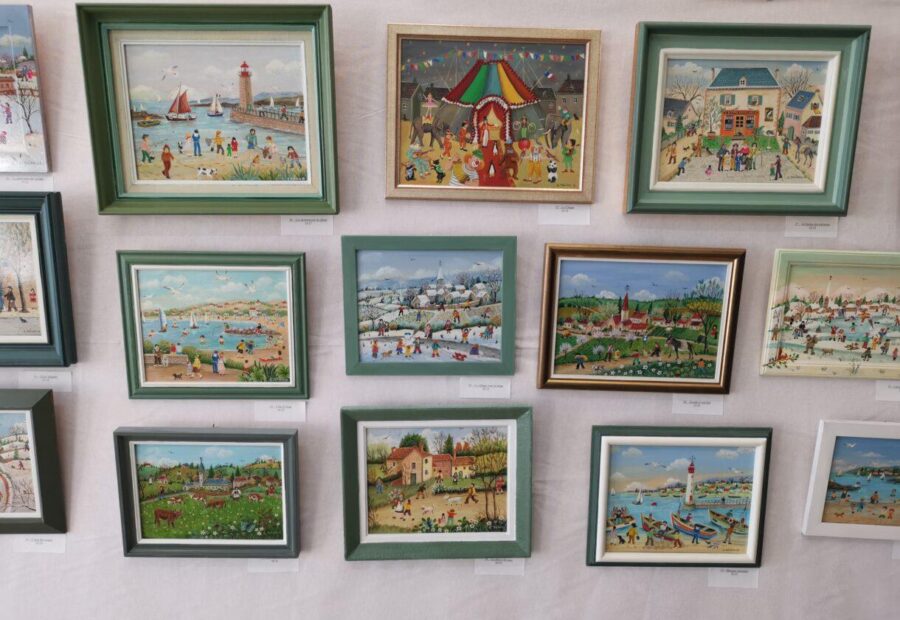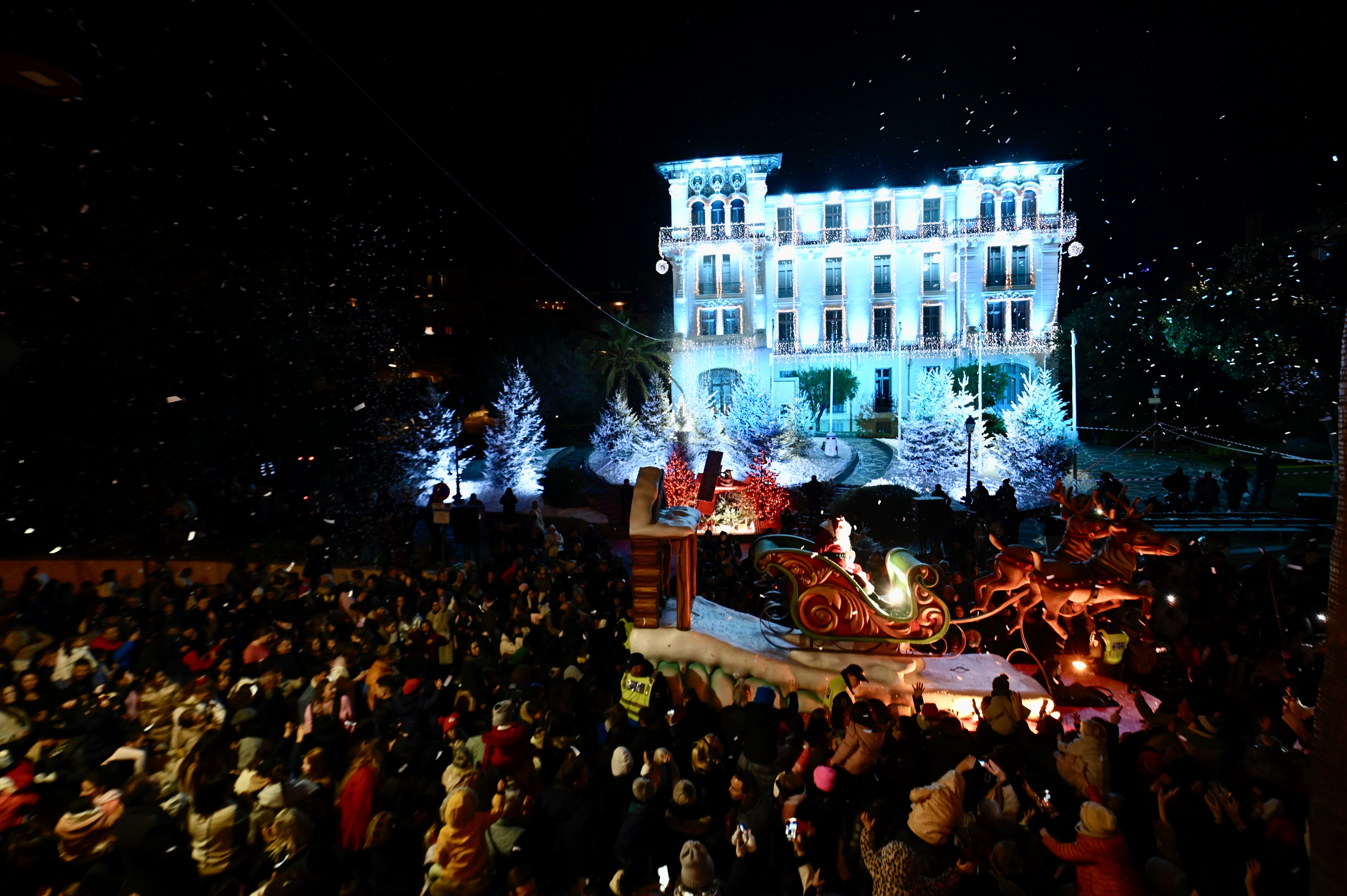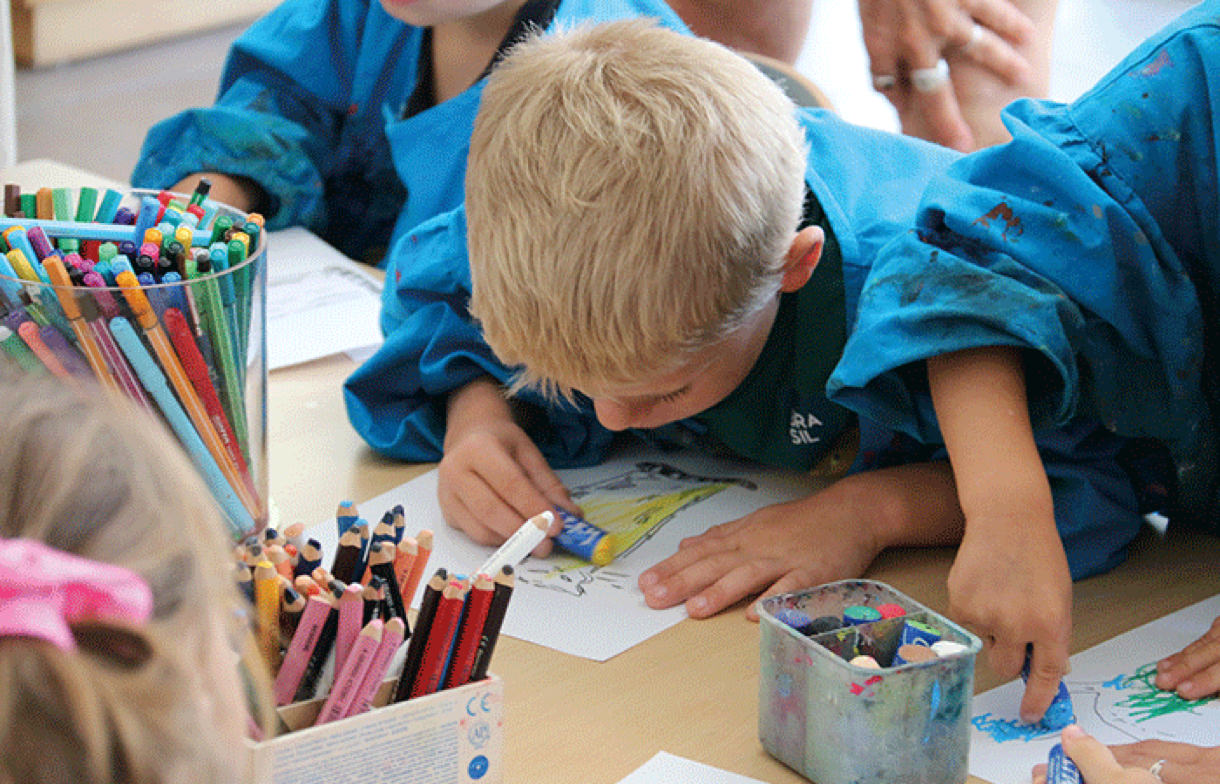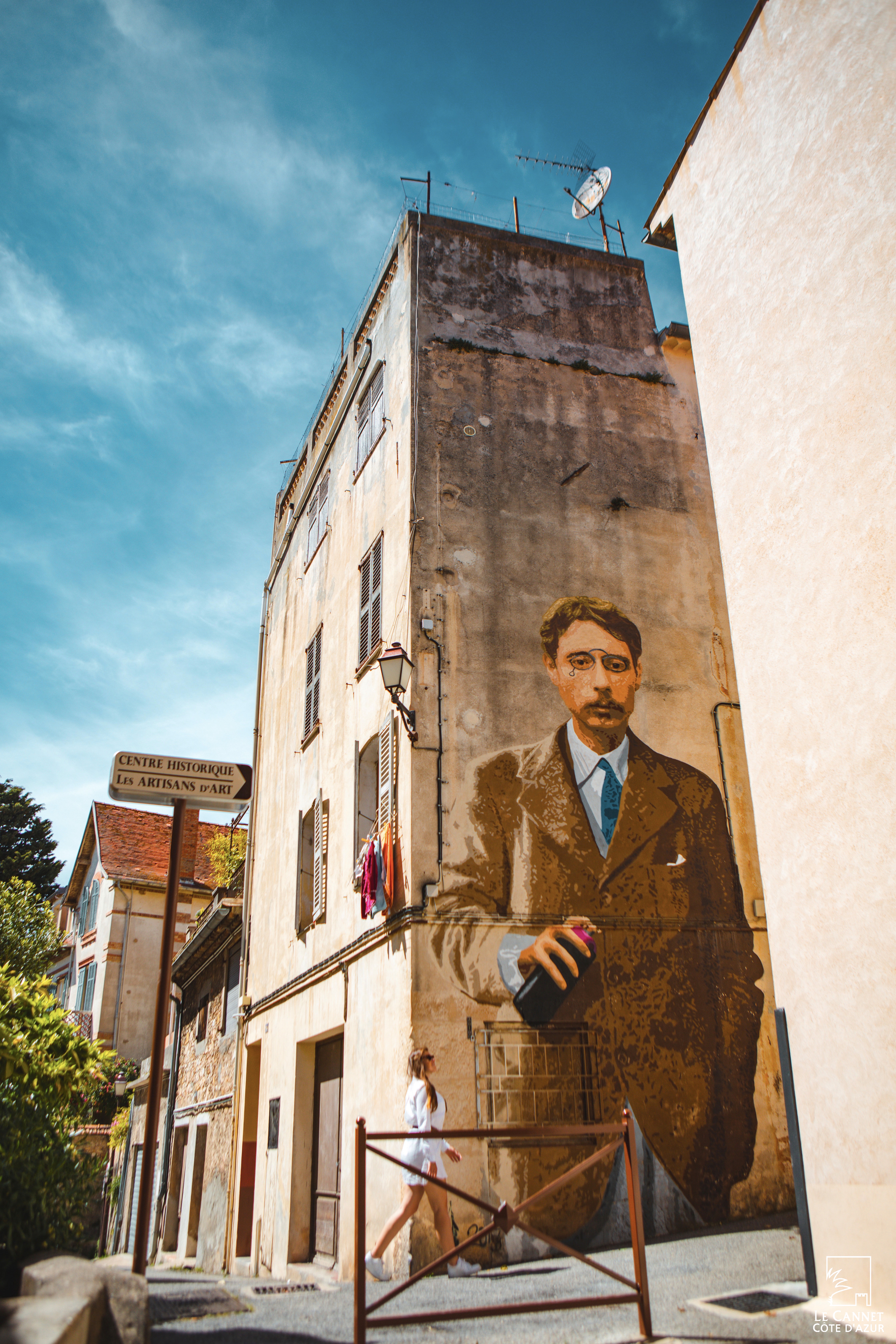 Instants
Instants
d’expériences
Succombez au charme et à la douceur de vivre du Cannet Côte d’Azur, véritable terrasse ouverte sur la mer méditerranée !
Agenda
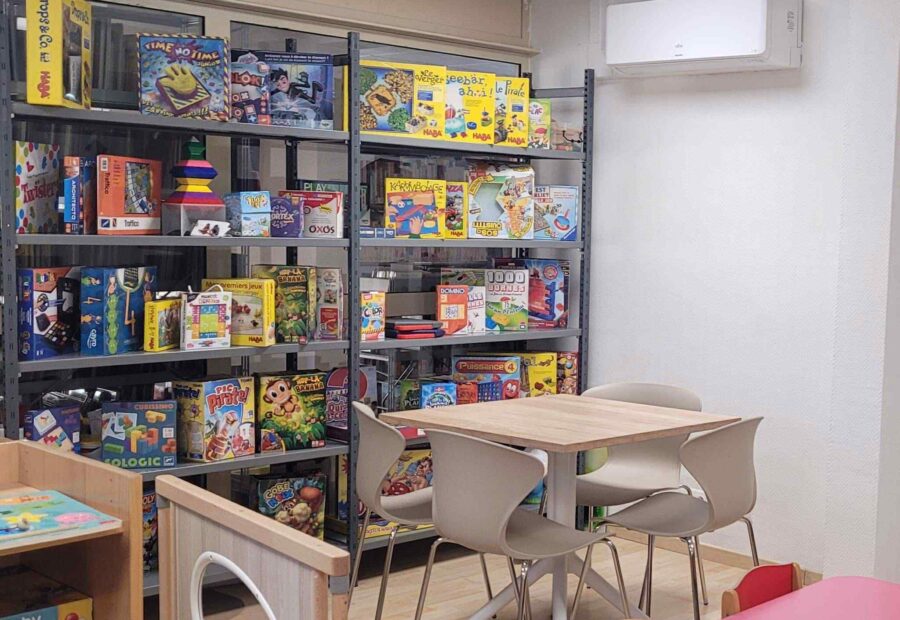
CultureDistractions et loisirs
Jeux sur place à la Ludothèque des Etoiles
Le Cannet
18 décembre 2025
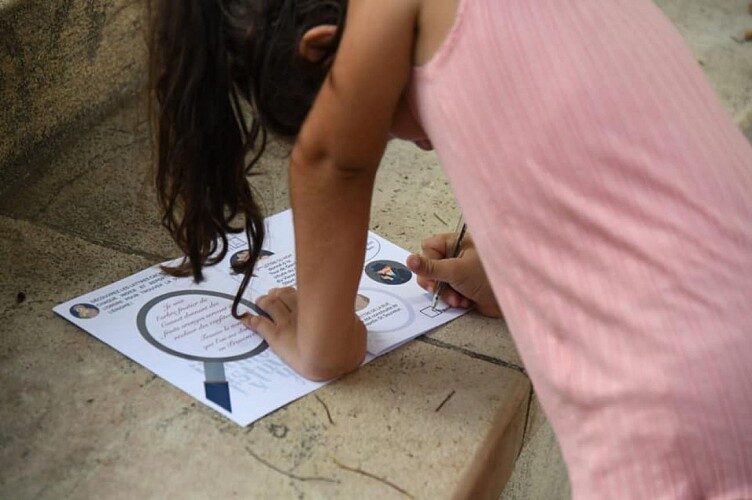
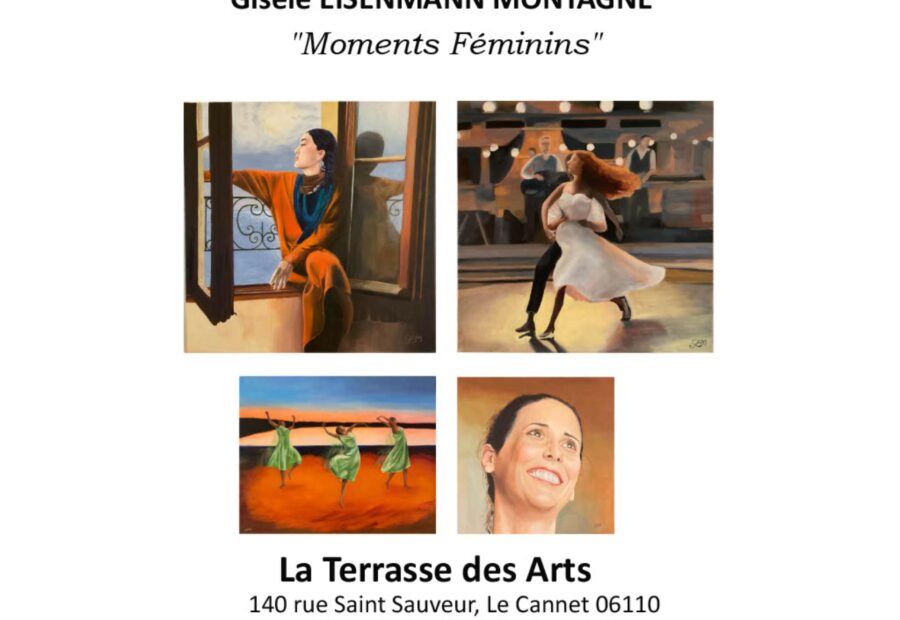
Culture
Exposition peinture” Moments Féminins” de Gisèle EISEMANN MONTAGNE
Le Cannet
18 décembre 2025 – 31 décembre 2025
